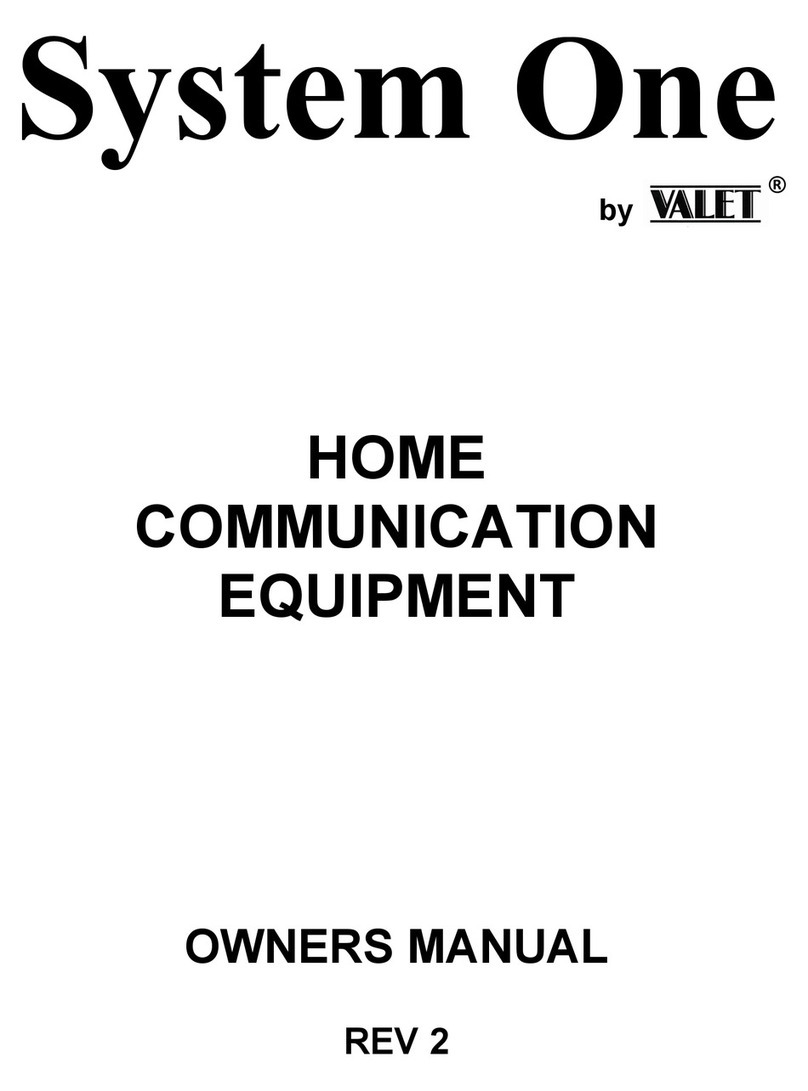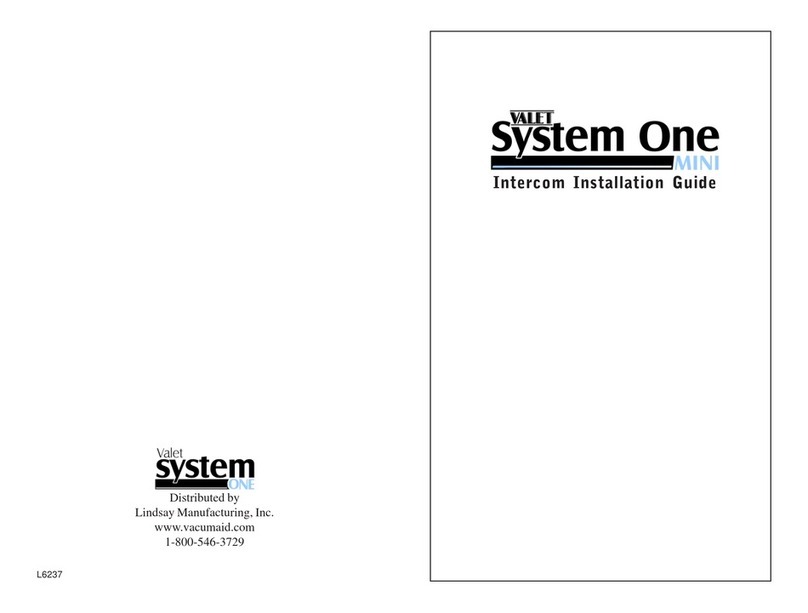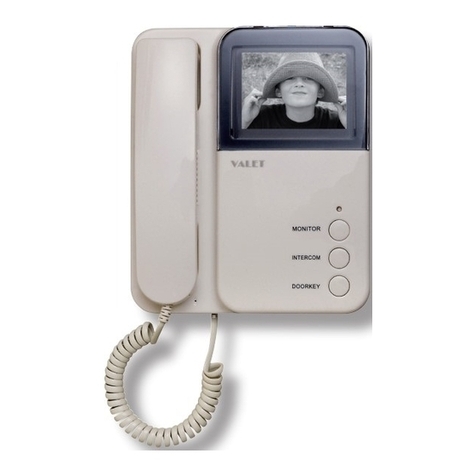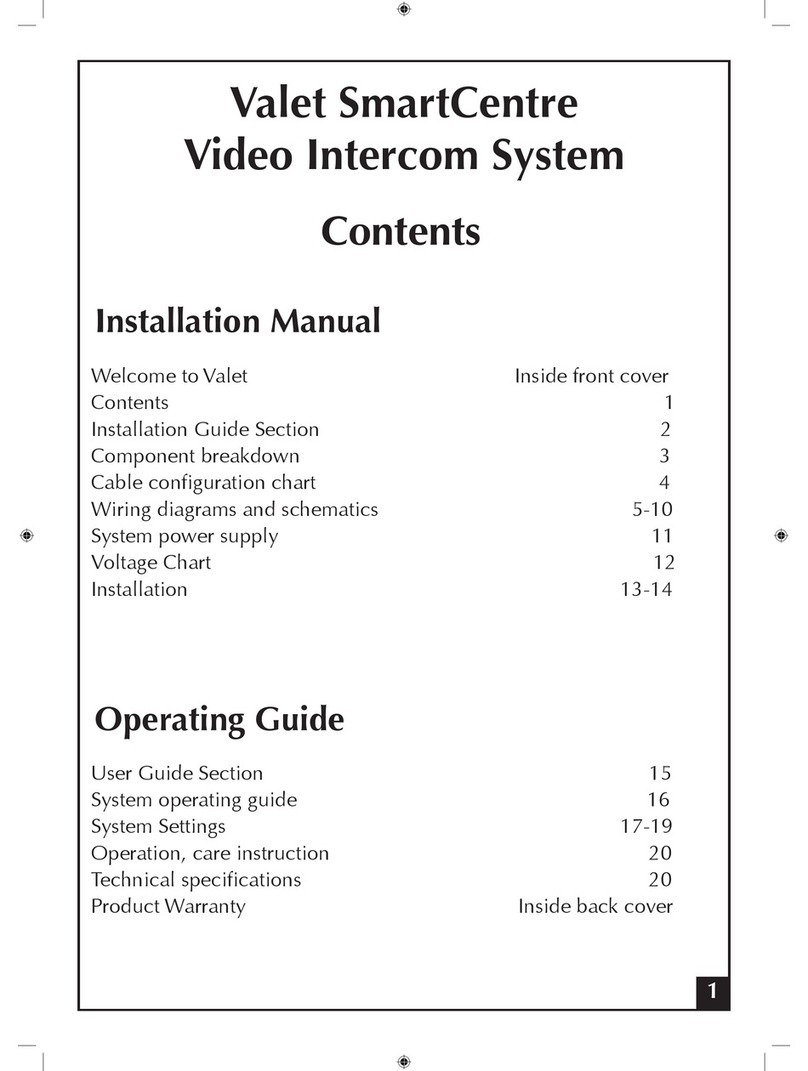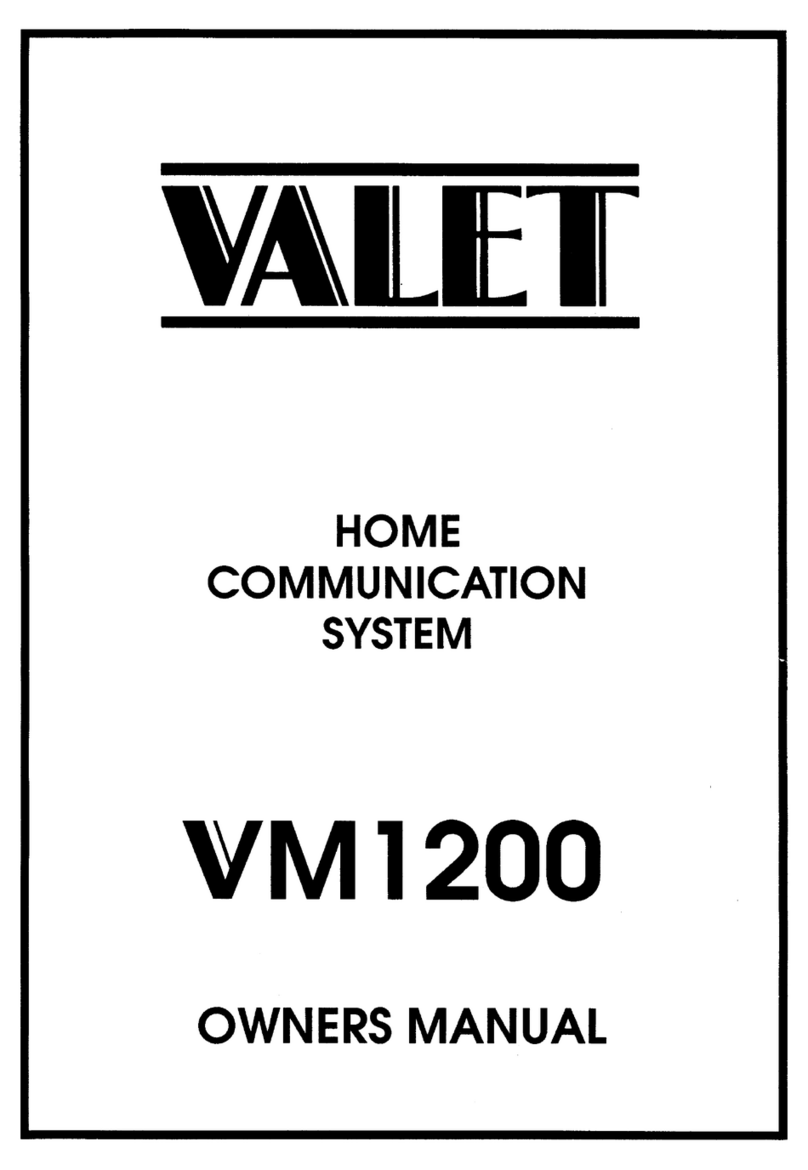
1
TABLE OF CONTENTS
GENERAL INFORMATION ......................................................................................2
LOCATION OF EQUIPMENT...................................................................................3
MASTER STATION..........................................................................................3
ROOM STATIONS ...........................................................................................4
FRONT DOOR/GATE STATION(S)....................................................................5
POWER SUPPLY............................................................................................5
ANTENNA (AM/FM AERIALS)..........................................................................5
AUXILIARY INPUT JACK ..................................................................................6
AUXILIARY/LOCK OUTPUT BOARD..................................................................6
WHERE TO RUN CABLE.........................................................................................7
WHAT CABLE TO USE ?........................................................................................8
MAXIMUM LENGTH FOR CABLE RUNS................................................................10
WIRING DIAGRAM WITH MASTER.......................................................................11
WIRING DIAGRAM WITHOUT MASTER................................................................12
DIMENSIONS.......................................................................................................13
INSTALLATION OF VR102 ROOM STATIONS.......................................................14
INSTALLATION OF DOOR/GATE STATIONS ........................................................17
INSTALLATION OF AUXILIARY INPUT JACK - TYPE A.........................................18
INSTALLATION OF AUXILIARY INPUT JACK - TYPE B.........................................19
INSTALLATION OF MASTER STATION ................................................................21
POWER SUPPLY.................................................................................................24
CONTROL VOLTAGE LOAD RESISTOR................................................................26
ROOM STATION CODING - VR102........................................................................27
KEYPAD BACKLIGHTING.....................................................................................28
DOOR STATION ADJUSTMENTS..........................................................................29
CHANGING THE CHIME........................................................................................30
CHIME VOLTAGE OUTPUT ..................................................................................31
USING TWO MASTERS........................................................................................32
SIX WIRE OPERATION USING VR102 ROOM STATIONS.....................................33
CABLE FUNCTIONS.............................................................................................34






